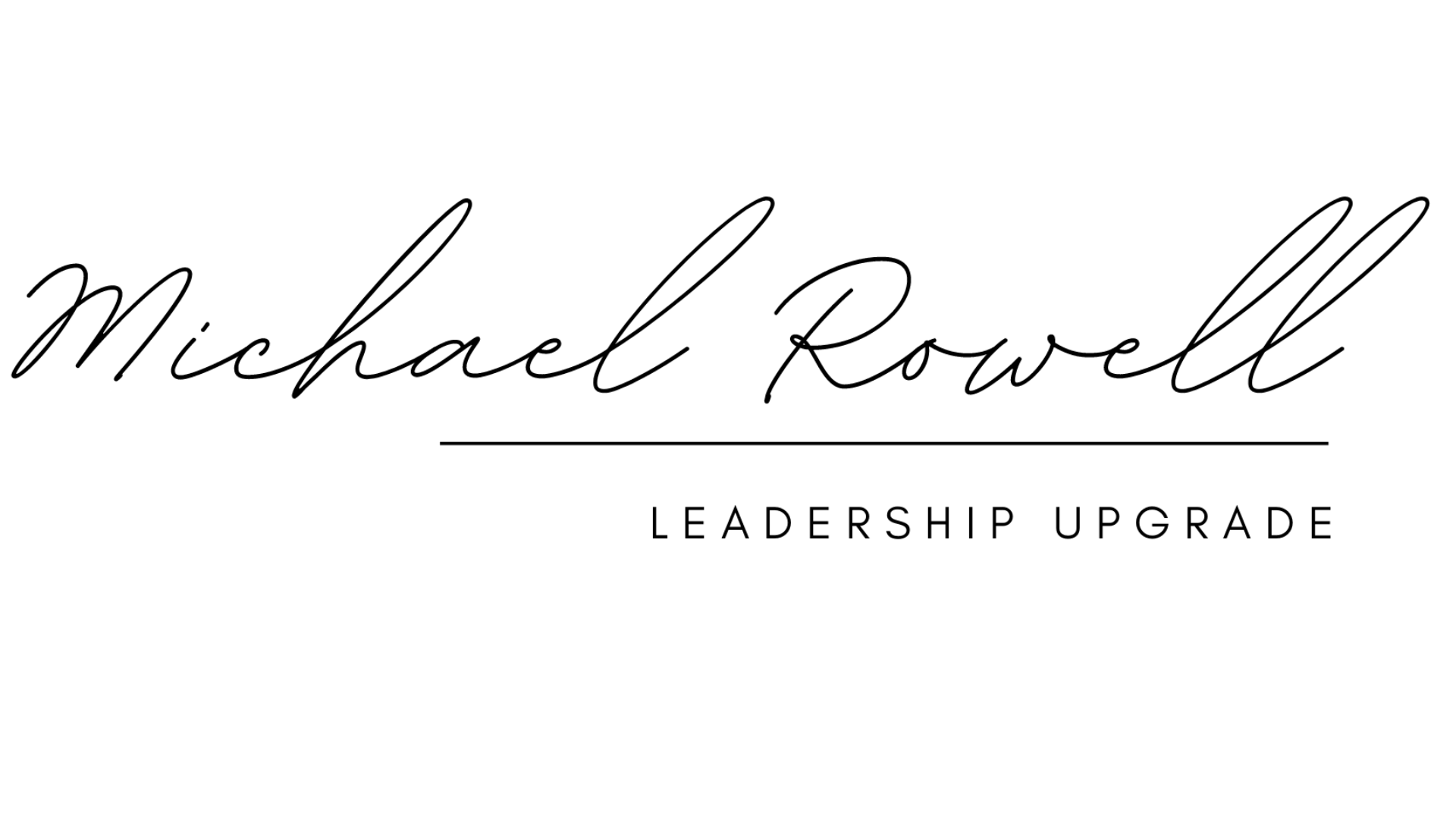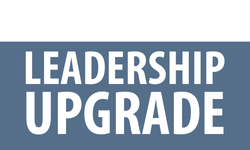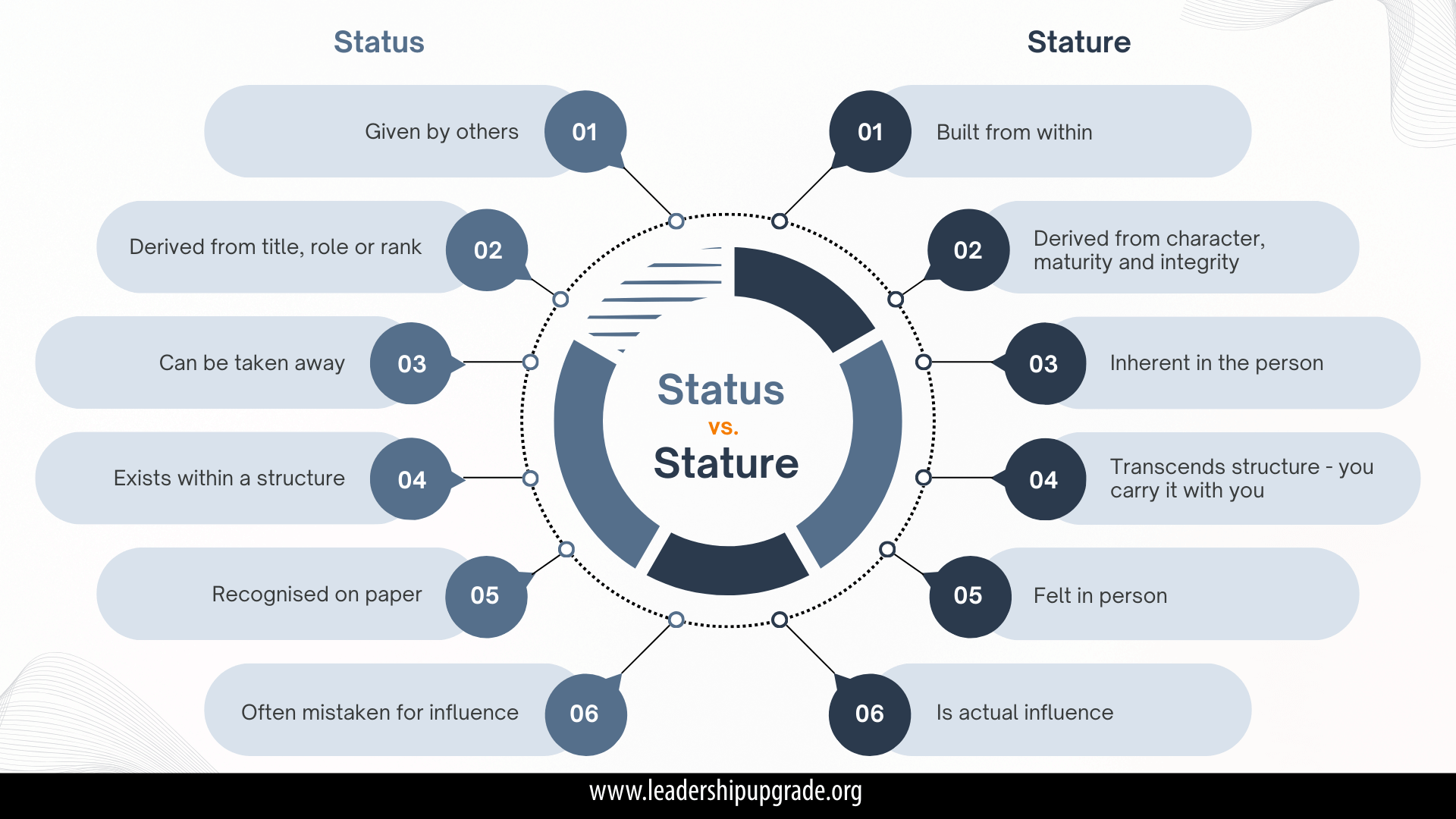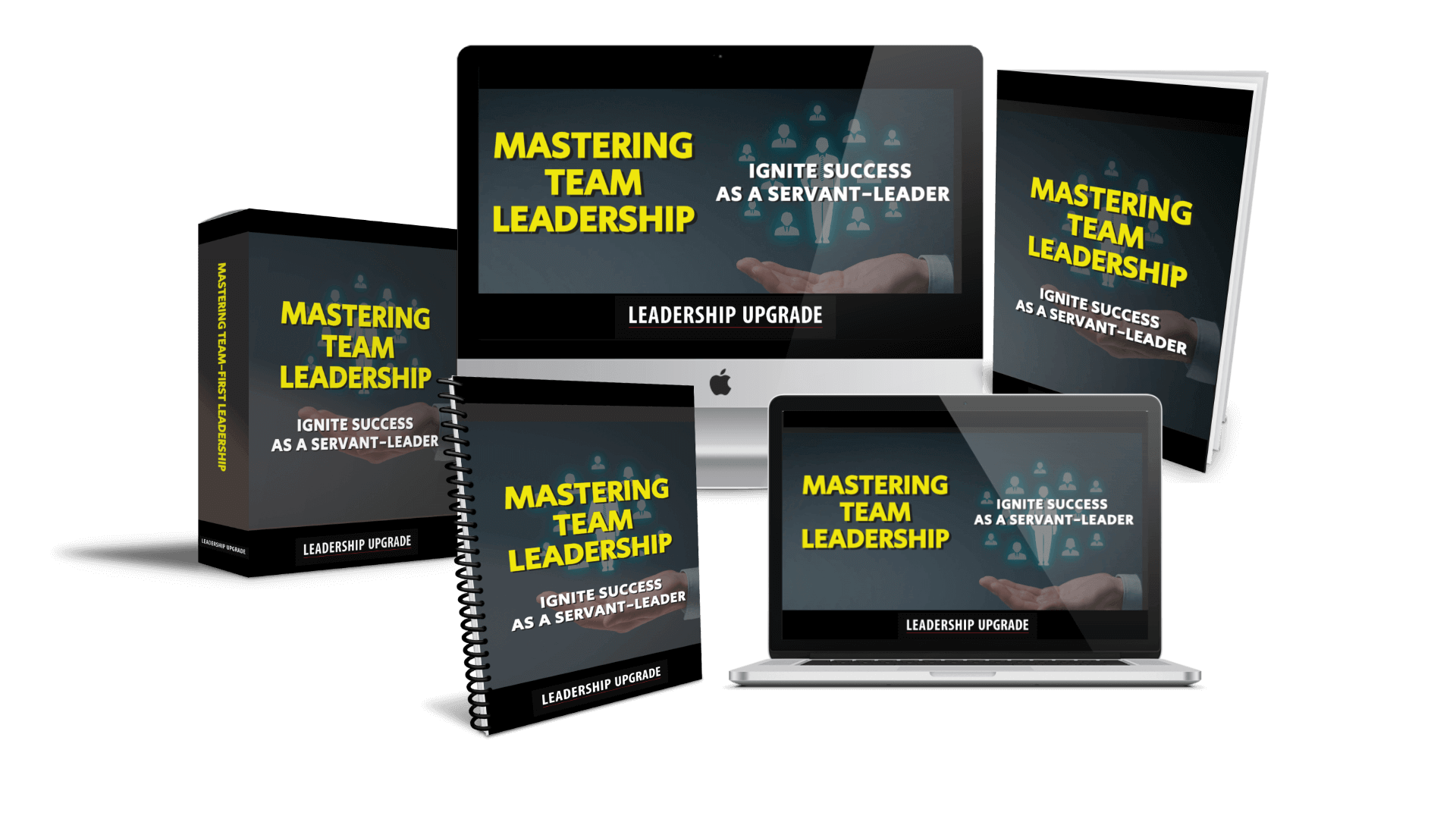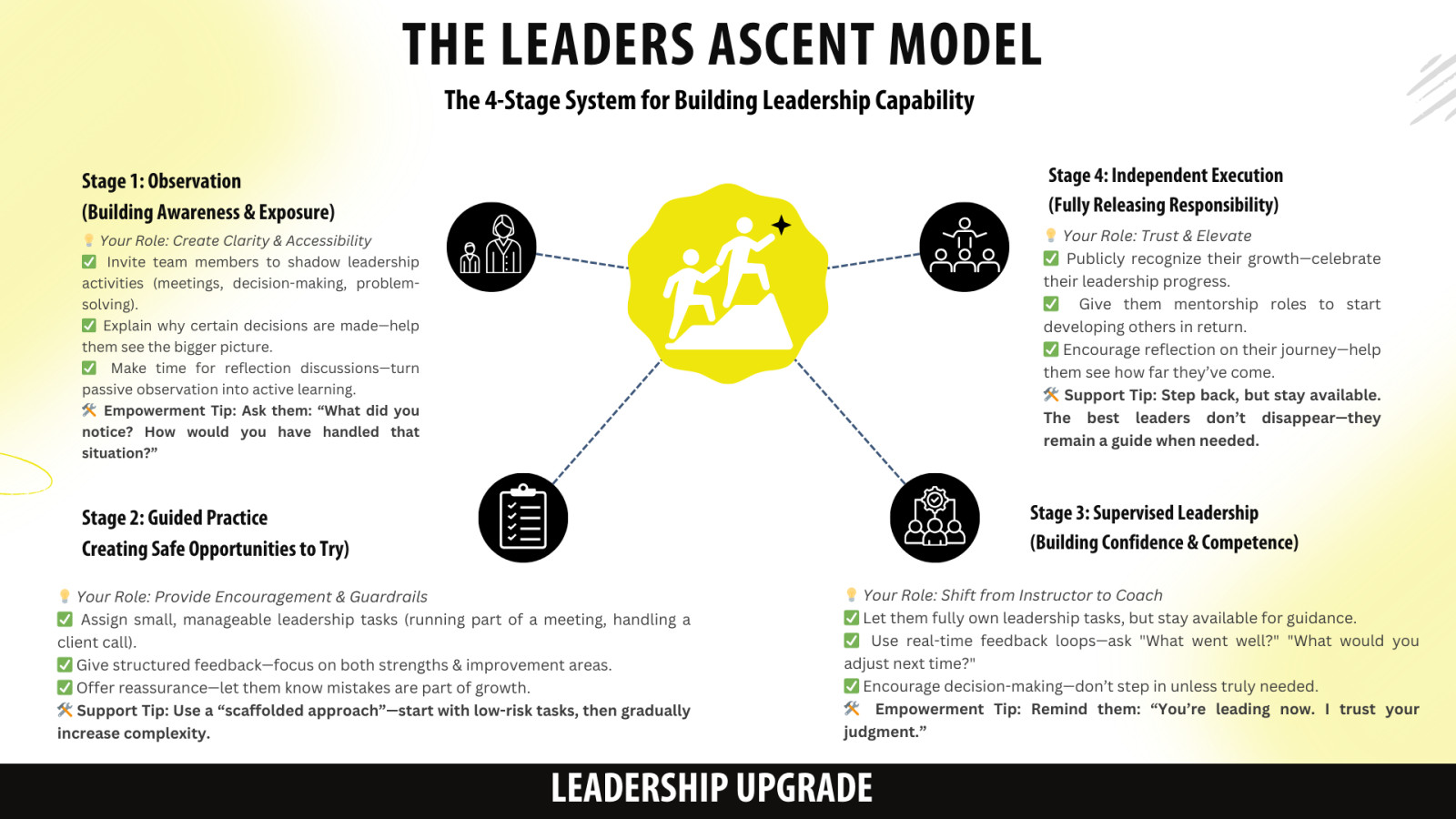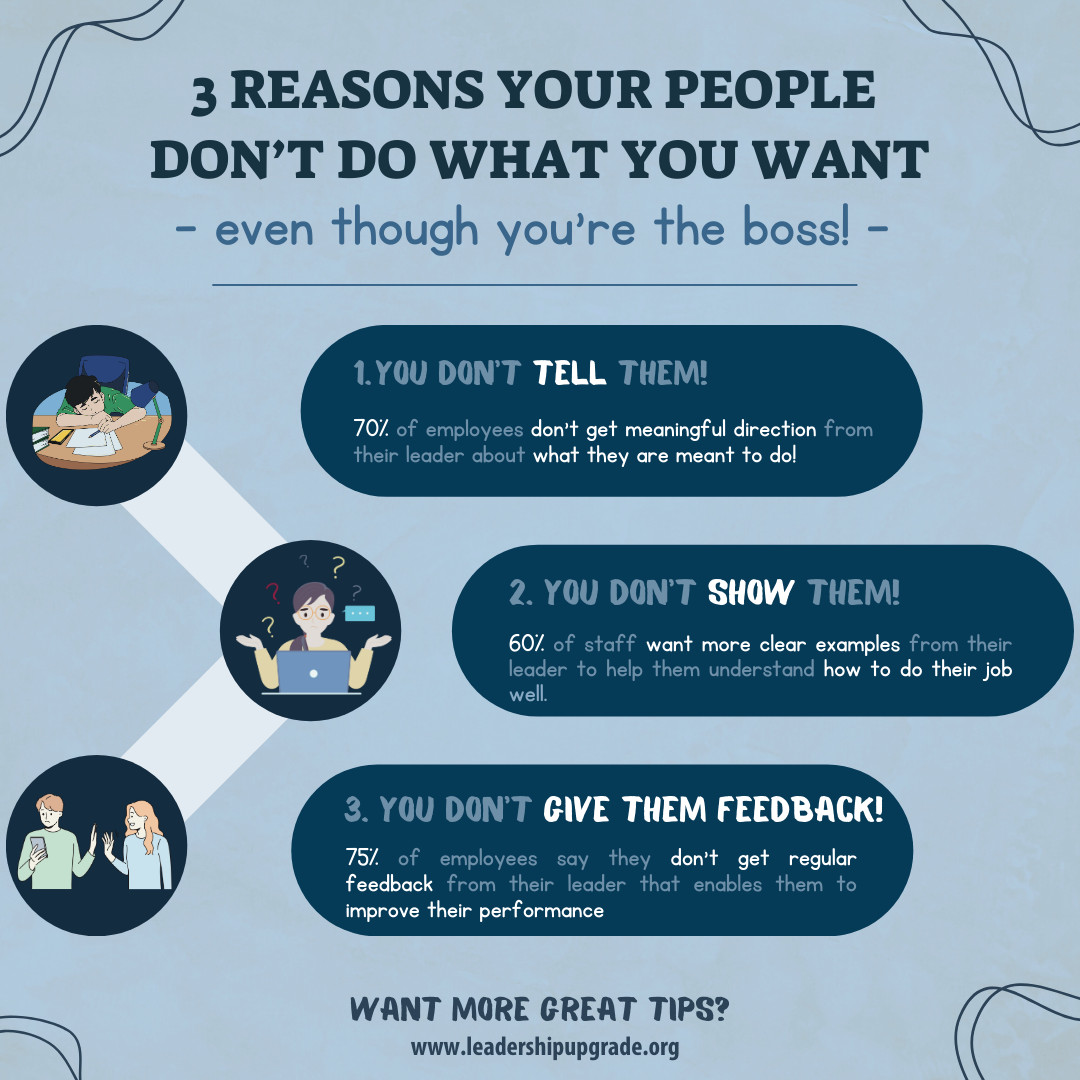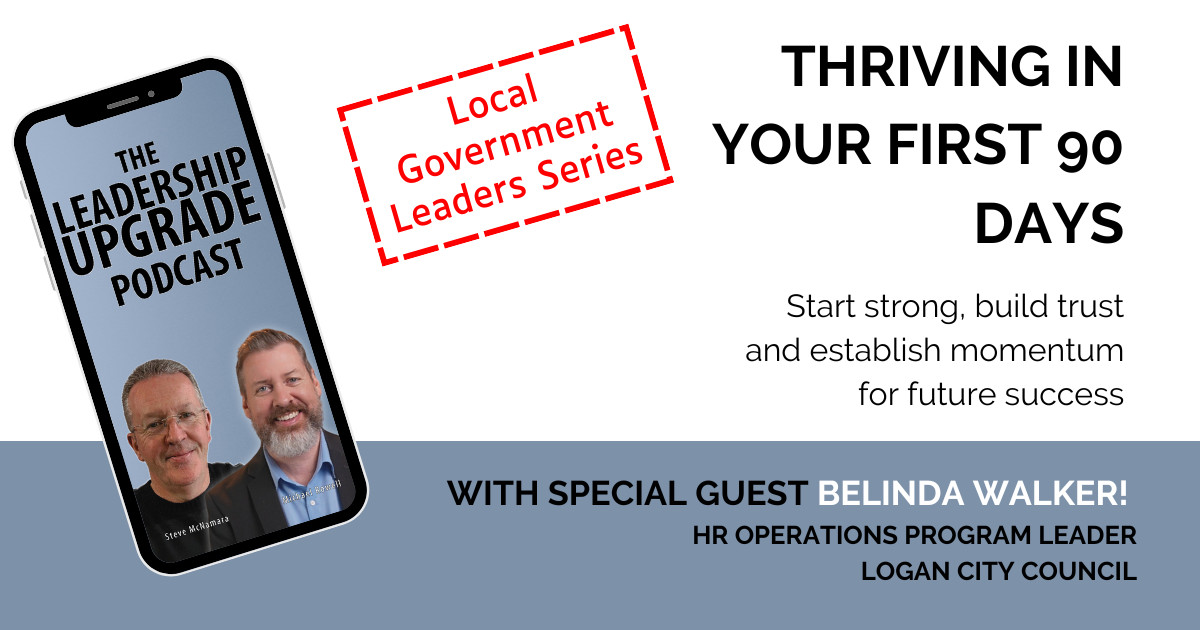

In this episode, we talk about this keyword and this long tail keyword--and we really didn't hold back on this trigger word topic! Join us and learn how to solve this problem...
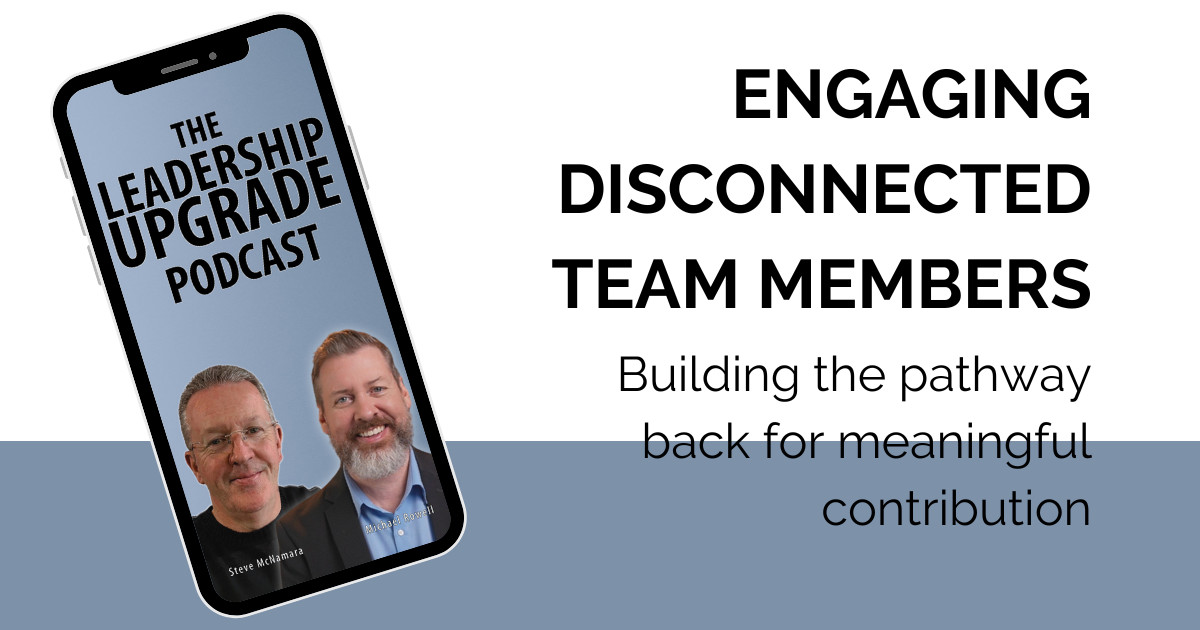

In this episode, we talk about this keyword and this long tail keyword--and we really didn't hold back on this trigger word topic! Join us and learn how to solve this problem...
It Wasn’t the CEO’s Fault—But It Was Their Responsibility
What the Optus Outage Teaches Us About Real Accountability
Hi there,
I thought we could unpack a recent high-profile moment that’s made headlines and look at it through the lens of leadership. There’s always something to learn when the spotlight hits, and this one’s got some powerful takeaways for all of us.
Let’s be honest…when things go wrong at work, most of us hope the problem gets fixed quietly, without drama. But sometimes, the issue is too big, too public, or too painful to sweep under the rug.
That’s exactly what happened with the recent Optus telco outage, which not only knocked out communication services across the country, but also disrupted access to emergency services (000) for thousands of Australians. And while the technical details are still emerging, one truth has already become painfully clear:
The CEO was left standing in front of the media, answering for a breakdown that, in all likelihood, had nothing to do with his personal decisions, but everything to do with his role.

This isn’t about Optus alone. It’s about what this moment teaches all of us in leadership.
Leadership Can Involve More Than Just Vision
We love the idea of the pioneering leader, blazing trails, casting vision, motivating people, pushing innovation. And yes, of course that matters.
But, leadership isn’t always purely about direction. It can also be about ensuring that the processes and systems behind the scenes are in place and actually working. You might not be the one answering 000 calls, managing the tech stack, or fixing the bugs—but if something breaks, its probably you will be the one held accountable for it.
The Escalation Gap: The Further You Are, the Less You Know
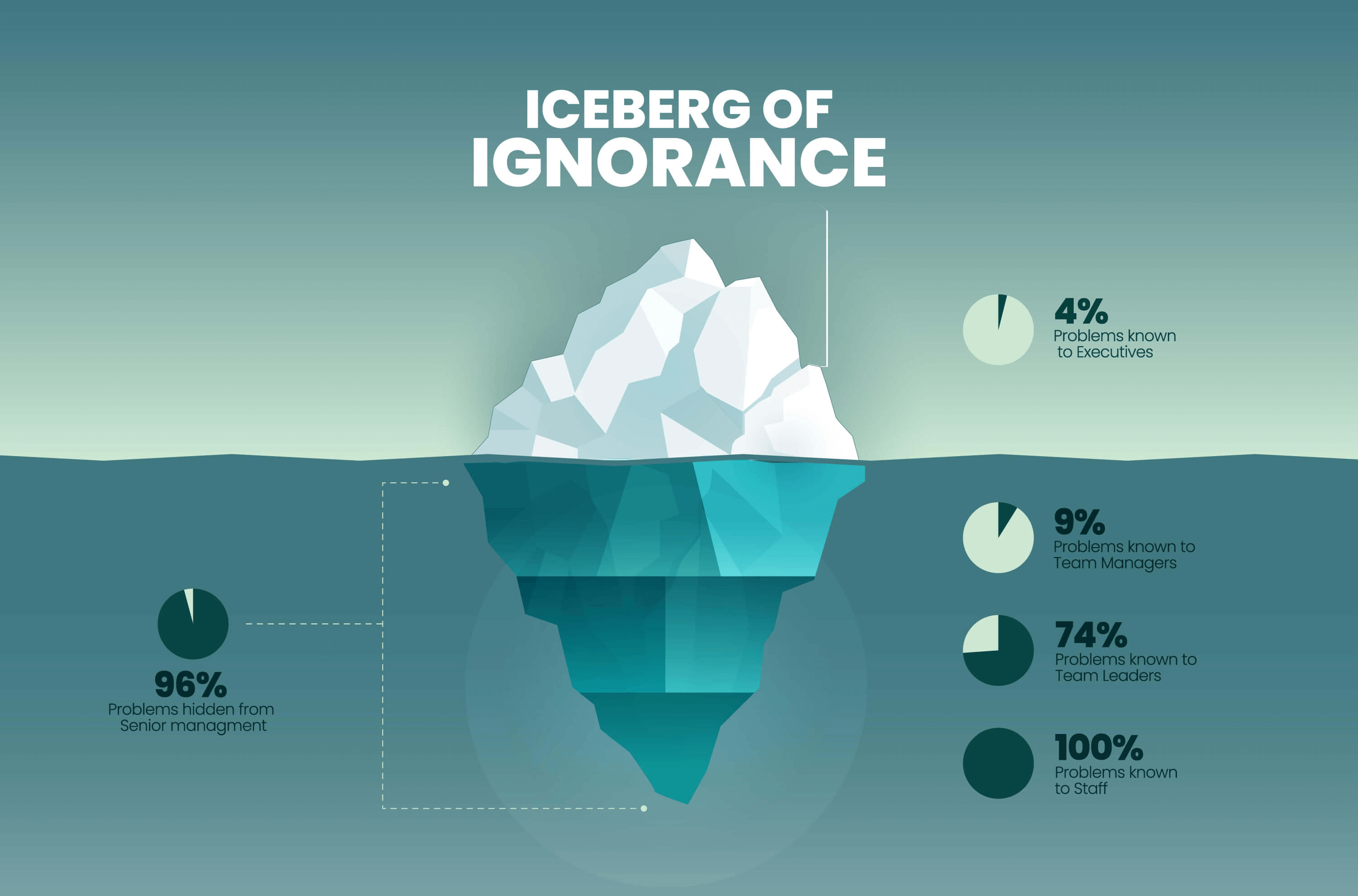
There’s a management principle called the “iceberg of ignorance.” (Yoshida, 1989) that says the higher up you go, the less connected you naturally are to what's happening at the front lines.
It’s no surprise that a CEO isn’t personally managing the emergency call escalation system. But when those systems fail, the leader becomes the face of that failure.
And if you don’t know what’s happening on the ground—or don’t have structures to monitor and assure it—you’re in trouble the minute something goes wrong.
You Can Delegate Responsibility—But Not Accountability
Leadership is about building capable people and clear structures. You’re supposed to delegate. You’re meant to empower others to lead their areas.
But a key principle to remember is this. You can delegate responsibility—but you can’t delegate accountability.
In moments like this, it’s the CEO, the team leader, department head, or project manager, who’s held to account. Because leadership means you own the outcome, even if you didn’t execute the task.
Trust Is Not Blind. It’s Also Verified
“Delegate and trust your team” is great advice.
But real trust is also built on and supported by visibility and evidence.
- Do you have assurance that critical systems are functioning?
- Do you regularly receive evidence, not just updates, that key responsibilities are covered?
- Is there a way to surface hidden risks before they turn into headlines?
If your answer is “I think so,” then you might be building on assumptions, not assurance.
Everyone Owns Their Role—But Leaders Own the Whole
One of the biggest takeaways from the Optus incident is this:
Even if a single team, or even team member drops the ball, the whole brand suffers.
That’s why every person’s work matters, and every leader’s job is to ensure the ecosystem is healthy.
Leaders must create clarity, build communication across levels, and ensure that everyone from frontline to executive is not only empowered, but accountable to the bigger picture.
Could You Stand at the Microphone?

It’s a tough question. But a necessary one.
If something broke in your team, your community group, or your organisation today…
Would you be confident standing in front of a room (or a media pack) and answering for it?
Would you be confident standing in front of a room (or a media pack) and answering for it?
Would you have:
- A clear understanding of the processes and systems?
- Evidence that responsibilities were being carried out?
- Assurance that escalation processes, checks and balances were tested and functioning?
If not, this is your leadership prompt. Not to micromanage, but to lead the process. To create rhythms of accountability. To ensure trust is built on evidence, not assumption.
Final Thought
Everything is okay… until it’s not.
That’s why systems of assurance matter. Because the questions you should have been asking will only be obvious after the fact.
The operations we lead are often complex, and creating real assurance isn’t easy. But our opportunity is to avoid waiting for crisis to expose the gaps and instead lead with proactivity, intention, and accountability today.
This is Servant Leadership in Action
In our course, Mastering Team Leadership: Ignite Success as a Servant Leader, we teach that servant leadership doesn’t mean doing everything yourself.
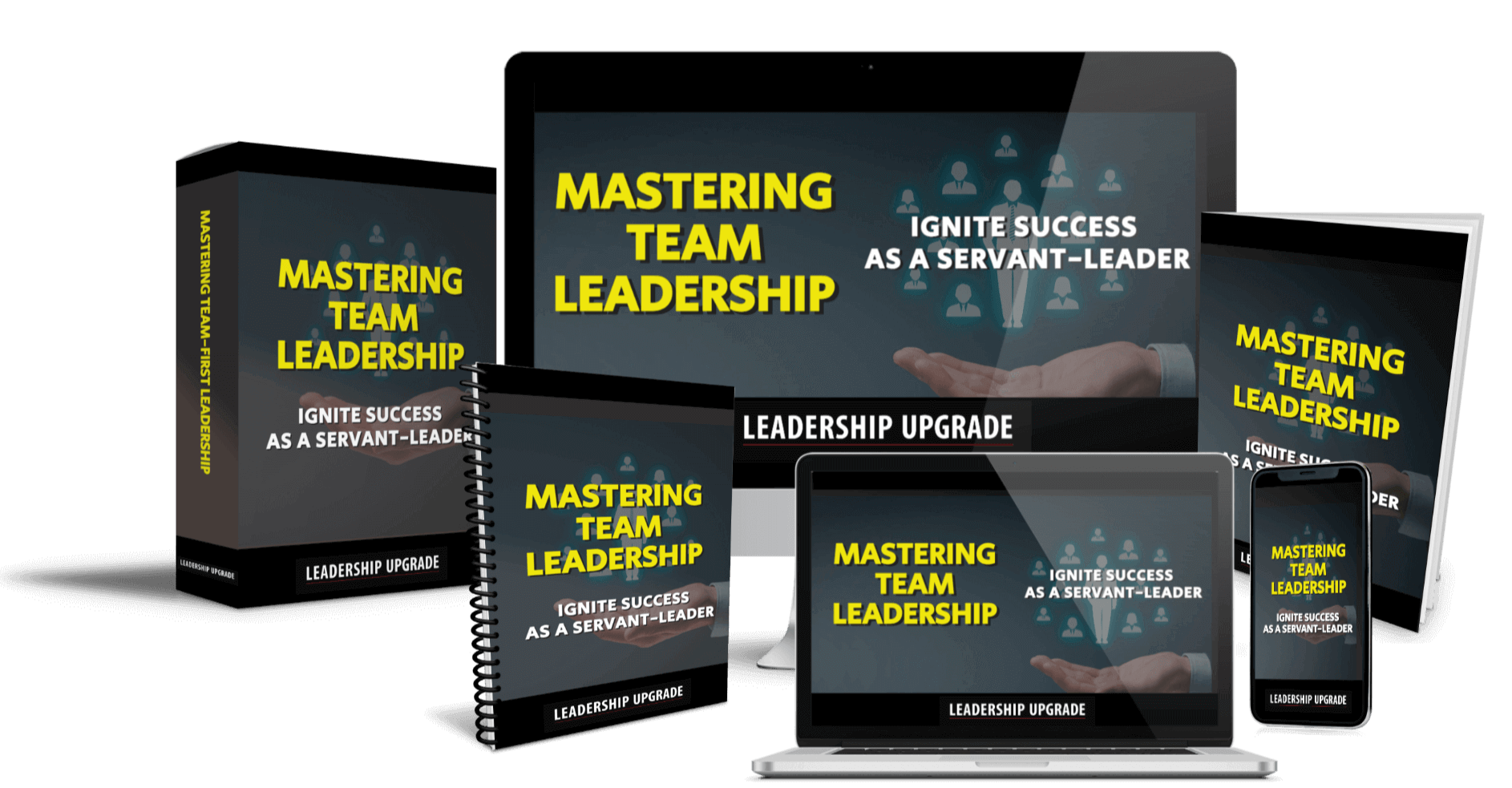
It means:
- Empowering others with clear responsibility
- Building communication systems and cultures that highlight and resolve issues early
- Creating accountability and ownership—at all roles and all levels
Prefer To Start With A Deeper Read?
Join the waitlist for my upcoming book: The 9 Critical Functions of an Effective Leader: The Leadership Framework for Driving High-Impact Results.
Join the waitlist for my upcoming book: The 9 Critical Functions of an Effective Leader: The Leadership Framework for Driving High-Impact Results.
I'd actually love your feedback on the early draft content!

(This topic is straight from the chapter on Leading Accountability.)
As always, thanks for reading. I hope this was helpful and gave you something to reflect on.
Until next time, Keep Leading!
All the best,
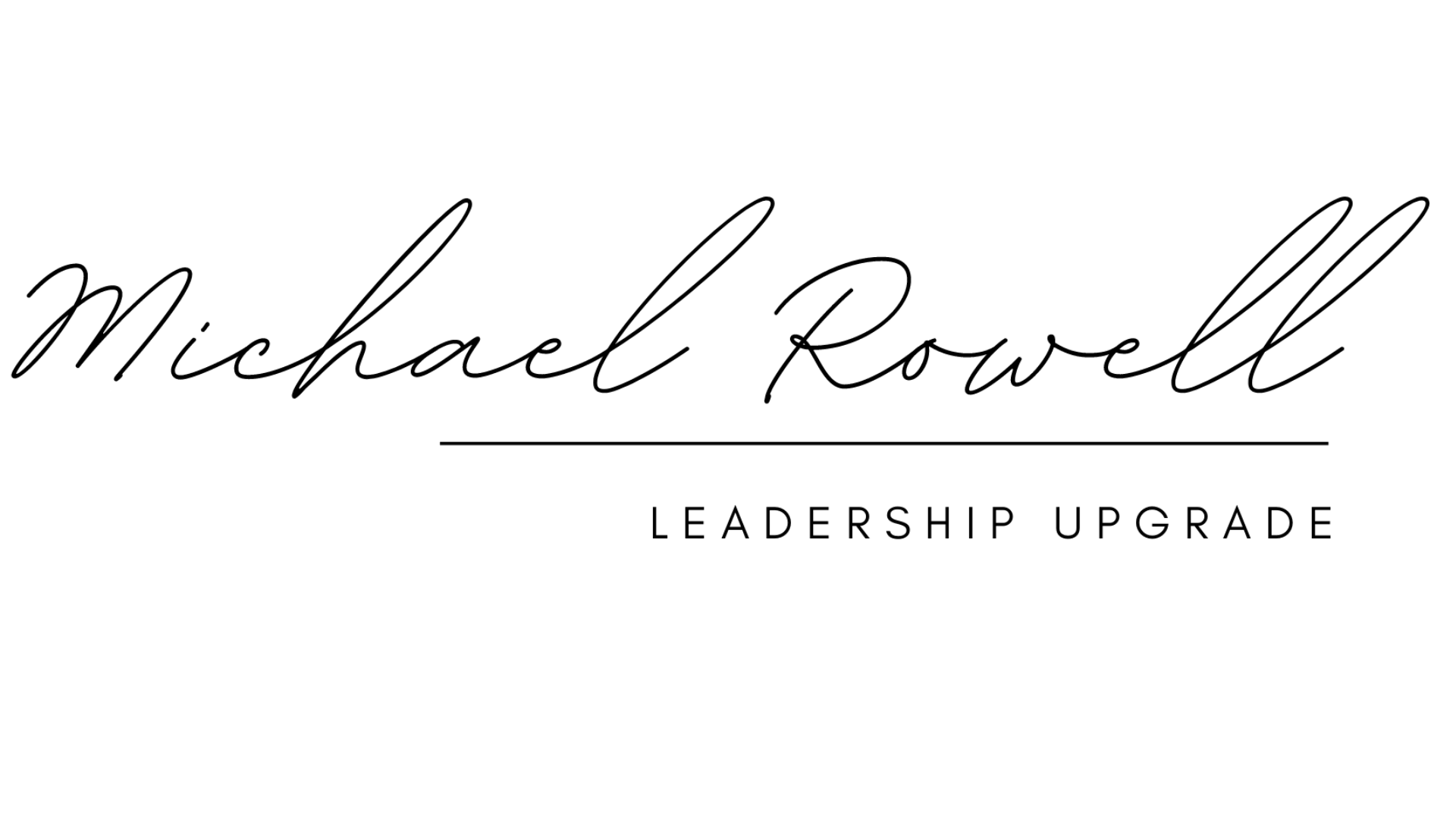
Stature Over Status:
How to build the kind of influence that outlasts any title

Hi there
Hope things are well with you!
I thought we'd start with a leadership insight that often goes unnoticed:
Status and stature aren’t the same thing.
One determines your title. The other determines your impact.
Status is assigned. Stature is developed.
And knowing the difference can radically shift how we grow as leaders.
So wherever you are on your leadership journey, here’s a powerful lens to help you lead with deeper clarity and greater influence.
What’s the Difference Between Status and Stature?

Here’s the breakdown:
Status (External, Appointed)
- Granted by structures—titles, roles, rankings
- Assigned by others (and can be taken away)
- Exists within organisations, teams, clubs, families
Stature (Internal, Developed)
- Built through maturity, integrity, and consistency of character
- Earned over time through how you live and lead
- Independent of any structure—it goes where you go
One Is Always Visible. The Other Is Always Valuable.
Status is about your title. Stature is about your presence.
You can be appointed to status—but you must become a person of stature.
Status depends on the authority of your position.
Stature reflects the authority of your person.
You don’t need a title to lead with stature. And having a title doesn’t mean you have stature.
In fact, some of the most influential people in a room hold no official status—that’s because stature is who you are, not where you sit on an org chart.
Stature Carries an Authority – With or Without A Position

Stature reflects your:
- Internal maturity
- Conviction of purpose
- The integrity to live what you believe
It’s not assigned or inherited. It’s developed. Slowly. Privately. And often, painfully.
By contrast, status is tied to systems.
With status, your authority in a domain comes from your place in the structure—be it a company, a club, or a network. That’s why status is fragile. Remove the structure, and the title and power goes with it.
But stature lives outside of structures. It follows you wherever you go—and can be seen, felt, and respected even in the absence of a title.
Why This Matters More Than Ever
Leadership without stature can be dangerous.
When someone holds high status but low stature, their influence outweighs their maturity. And when that gap exists, the people they are leading can be exposed to a higher level of risk from their actions and decisions.
Why? Because stature hasn’t caught up to status. Maturity isn't matched by the weight of the leadership mantle.
Here’s the hard truth:
If your status grows faster than your stature, your leadership can become a liability.
Which is why the path to true leadership doesn’t begin by pursuing position.
It begins by growing in stature.
Three Keys to Building Stature
If you’re serious about becoming a leader others trust, respect, and want to follow—not just one with a sign on your door people are assigned to—here are three keys to help you build stature from the inside out:
1. Submit Your Leadership to a Mentor
Stature grows best in the soil of accountability. Find someone further along than you—someone you trust to speak truth, challenge your blind spots, and help shape the leader you're becoming.
Unmentored leaders often mistake confidence for character.
Give someone permission to help shape your leadership—not just affirm it.
2. Seek Growth, Not Promotion
The best leaders aren’t focused on status upgrades—they’re focused on inner transformation. They outgrow roles internally before they pursue the next rung externally.
And let’s be honest: the greatest growth often comes through the most uncomfortable situations. Leadership pain isn’t always a punishment—it’s often a critical part of the process.
Pain builds stature if handled well. Don’t waste it. Learn from it.
It’s humility—not pride—that turns challenge into growth.
Meekness of heart is what allows us to:
- let others speak into us,
- say sorry,
- take a personal loss for the sake of the bigger mission,
- relinquish the ambition to win the argument,
- surrender the need to atone for your injustice,
- do what’s right—even when it’s inconvenient, costly, or unseen,
- own mistakes without blame or excuse,
- hold to values under pressure, even when in the minority
- choose internal formation over external validation,
- sacrifice short term wins for long term success
These are the hallmarks of stature
3. Clarify Your Values—and Actually Live Them
If you’re swayed by popularity, pressure, or convenience, your influence will collapse when it’s most needed. You can’t carry the weight of leadership without something solid beneath your feet.
Define your values. Align your decisions. Let your life show the evidence. - that's what builds stature
Let people feel your consistency—that’s what builds trust.
Titles come and go. But the weight of stature stays.
Final Thought: Pursue the Right Kind of Leadership Growth

Leadership isn’t about where you sit. It’s about what you carry.
Its not the title on your badge, it’s the integrity of character that determines your leadership weight.
So here’s a quick leadership audit for today:
- Am I more interested in chasing titles or seeking growth?
- Am I more focused on serving people—or managing my image?
- Is my leadership based on status… or stature? Who would I influence if I didn’t have a title?
Because when the title is gone, only your stature remains.
Grab the PDF download for a one page snapshot of this blog
🔥 Ready to Build Stature, Not Just Status?
If you’re serious about becoming the kind of leader others trust—who serves with purpose, leads with integrity, and creates lasting impact—head to my course:
Mastering Team Leadership: Ignite Success as a Servant Leader.
It’s a practical, principle-driven guide to building a leadership foundation that lasts far beyond any title.
If you're ready to move from surface-level leadership to deeper influence that lasts, this course is for you.
Are You Leading—Or Just Staying Busy?
I get it...you’re in back-to-back meetings.
The team needs answers.
There’s a problem you didn’t expect, and your calendar is packed.

It’s a full week. You’ve been flat out.
But somewhere in the blur, the real question lingers:
“Am I genuinely leading—or just staying busy?”
That’s not a criticism.
It’s a reality for so many of us in leadership roles.
In high-pressure, fast-paced environments, it’s easy to equate activity with impact.
We stay in motion. We get things done.
But the work filling our calendar isn’t always the kind that grows our leadership impact.
When Busyness Replaces Leadership
We don’t always need more time.
What we need is a clearer way to see where our time is going—and whether it’s contributing to the kind of leadership our team, business or organisation actually needs.
Because here’s the truth:
Changing how we use our time can have a dramatic effect on our leadership impact.
The Focus Filter
That’s why I developed this simple visual tool called The Focus Filter...
- A quadrant framework that helps us map out how we’re currently spending our time, and where it’s adding (or costing) value.
Here’s a simplified overview of the four zones we can find ourselves in:
Focus Zone | What it Tells Us |
⏳ Time Drainers | We’re working hard, but the work isn’t strategic or energising. |
⚡ Misplaced Energy | We’re doing valuable things—but over-functioning or staying too hands-on. |
🚫 Cut or Automate | Low-value tasks that seem small, but slowly eat into leadership capacity. |
🪙 Strategic Gold | High-impact, high-leverage leadership activities that takes little time. |
We all move between these zones. That’s not a failure—it’s just the nature of leadership.
But when busyness becomes our default mode, it’s easy to drift from the kind of work that actually shapes culture, builds trust, and sets direction.
Leadership Is Seasonal. But Awareness Is Everything.

Sometimes we find ourselves in a quadrant we’d rather avoid—not because we’ve lost focus, but because that’s what the team or situation requires in the moment.
Leadership is seasonal—there are times to step in, take control, or operate at a pace that isn’t sustainable long-term.
The issue isn’t ending up in a less-than-ideal zone. It’s when we stay there too long without noticing.
That’s why tools like The Focus Filter are so valuable. They help us step back, check in, and ask:
“Is my time and energy going toward the type of leadership my business or team needs right now?”
Want to Try the Focus Filter?
I’ve created a downloadable version of The Focus Filter quadrant—with clear descriptions of each zone and practical prompts for how and when to use them.
It’s a powerful first step to help you spot where your leadership energy is going—and where it may need to shift.
Download the Focus Filter Quadrant Overview
The Focus Filter is just one tool from my Leadership Accelerator Blueprint —
A 6-session coaching package designed to help you build unshakable leadership foundations and empower your team to thrive.
If you’d like access to the full Focus Filter self-assessment, guided coaching questions, and other core leadership tools in the Leadership Accelerator Blueprint, feel free to reach out when you're ready to explore it further.
Best wishes, and Keep Leading!
